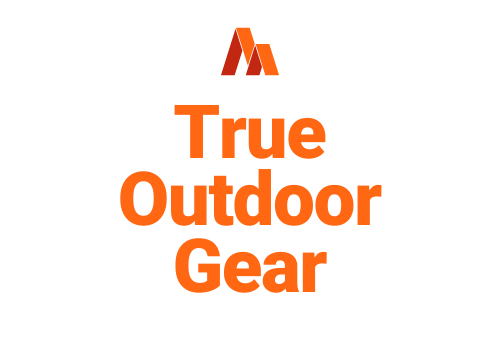For those new to the world of RVing, one essential skill to learn is how to properly level your camper. Not only does this prevent damage and ensure proper function of components, but it also provides a comfortable stay. Proper leveling is especially important when camping on uneven terrain, and it’s essential to have the right tools and knowledge to get the job done right.
In this article, we’ll provide step-by-step instructions for leveling your camper, as well as the essential tools you’ll need to accomplish the task. We’ll also discuss the benefits of automatic leveling and why it’s important to have a stable base of operations for all your outdoor activities.
Whether you’re a seasoned RV enthusiast or a newcomer to the camping scene, these tips for leveling a camper will help you level up your camping game.
Essential Tools
When leveling a camper, choosing a level site and using essential tools such as a bubble level, leveling blocks, wheel chocks, and stabilizing jacks are crucial for preventing damage to components, ensuring proper function, and providing a comfortable stay.
However, the most essential tool of them all is the bubble level. This tool allows you to accurately measure the level of your camper, ensuring that all components are functioning properly and that you are comfortable during your stay.
A bubble level can be easily mounted on the side of your camper or placed on a flat surface inside. It is critical to use a bubble level before and after each time you park your camper. This will help you identify any changes in the level of your camper due to shifting terrain or movement.
By using a bubble level, you can quickly and easily determine which side of your camper needs to be raised or lowered with leveling blocks, ensuring that your camper is perfectly level and stable.
Manual Leveling Steps
The process of manually leveling a recreational vehicle involves using specialized tools and techniques to ensure that the vehicle is positioned evenly on the ground. While automatic leveling systems are becoming more common, it is important for RVers to understand how to level manually in case of limitations or malfunctions.
Here are the steps to manually level an RV:
- Choose a level site and clear debris before leveling.
- Use a bubble level to determine which side of the RV is lower than the other.
- Place leveling blocks under the wheels of the lower side until it is raised to match the higher side.
- Lower stabilizing jacks to provide additional stability and prevent rocking.
By following these steps, RVers can ensure that their camper is level and stable, providing a comfortable and safe camping experience. It is important to note that manual leveling may require some trial and error, as it can be difficult to determine the exact number of leveling blocks needed. However, with practice, RVers can become proficient at manual leveling and enjoy their camping adventures with confidence.
Manual leveling is a necessary skill for RVers, as automatic leveling systems may not always be available or functional. By understanding the tools and techniques involved, RVers can ensure that their camper is positioned evenly on the ground, preventing damage and ensuring proper function of components. With a little practice, manual leveling can become a quick and easy task, allowing RVers to focus on enjoying their camping experience.
Automatic Leveling Options
Automatic leveling systems are becoming increasingly popular among RVers, providing a convenient alternative to manual leveling. These systems use hydraulic jacks or digital levelers to automatically adjust the height of the camper, ensuring that it is level.
This eliminates the need for manual adjustment using leveling blocks and stabilizing jacks, making the leveling process faster and easier. Hydraulic leveling systems use hydraulic jacks to level the camper, while digital levelers use sensors to measure the level of the camper and adjust the height of the jacks accordingly.
Both systems are effective and efficient, providing a level camper in a matter of minutes. While automatic leveling systems can be more expensive than manual leveling options, they are a worthwhile investment for RVers who want to save time and effort while setting up camp.

